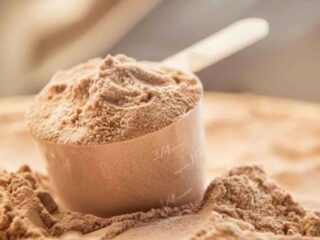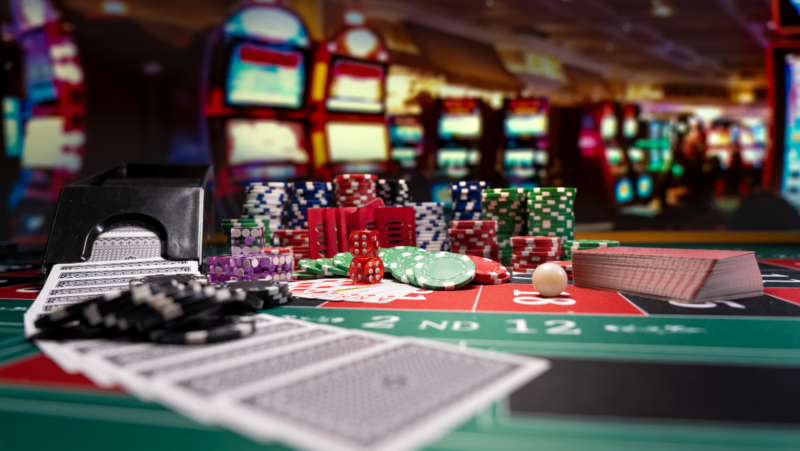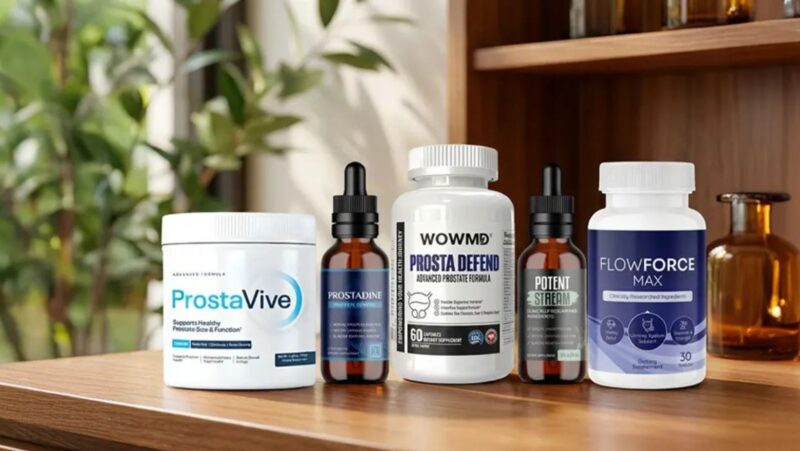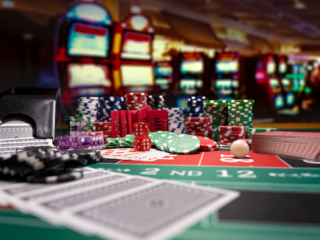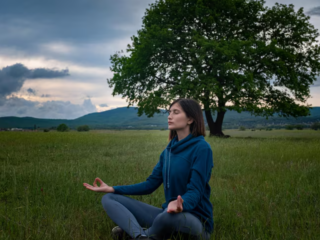
For those familiar with backache, the discomfort is all too real. Back pain is an almost universal issue, affecting the majority of people at some time in their lives. Our expert from miraclerehabclinic.com/livonia is here to share her advice on the most common causes and how to fix them. Different mechanisms can cause back pain when walking or standing.
Here Are 3 Most Common Issues
Abnormal Curvature of the Spine
The spine comprises several vertebrae or spinal discs stacked on top of each other. Due to their shape and nature, pain can arise in the joint and the surrounding tissue when these are in a position they are not made to be in.
Here are some common abnormal curvatures and how to correct them:
- Scoliosis is when the spine curves to one side in an S-shape. It’s thought that this spinal curve comes from a retained infant reflex and tight muscles on one side of the back. Recent studies have shown that around 47.3% percent of people with scoliosis have back pain.
- Lordosis: Lordosis refers to a posture where the back is overarched. This posture is thought to put extra strain on the back, which can be easily fixed by strengthening the stomach muscles.
- Kyphosis: Kyphosis is a posture where the upper back is hunched. The degree of curvature has been positively correlated with higher levels of back pain.
- Flat Back: A flat back linked to lower back pain.
Management
Postural training almost always improves back pain in our patients. Our resting posture results from the tension between each pair of muscle groups in and around the spine. Here are some examples of how each posture can be corrected:
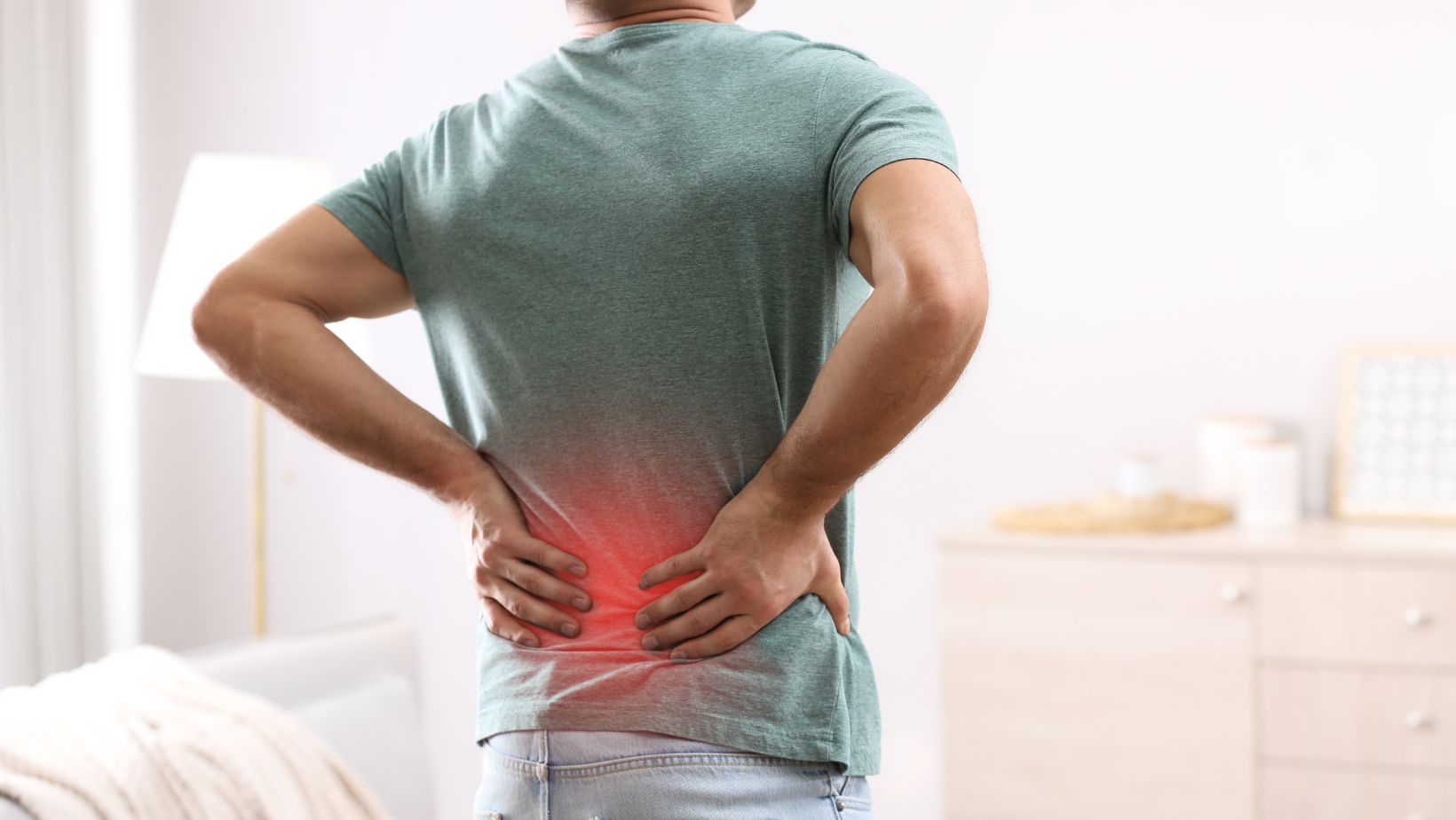
- Scoliosis: Scoliosis stems from asymmetrical integration of the spinal galant reflex galant reflex, which leads to spasms and tightness in one QL muscle. Exercises focusing on balancing muscle strength and flexibility on both sides of the spine can help alleviate pain.
- Lordosis: Strengthening the stomach (rectus abdominis) and stretching the back (erector spinae) can help counteract the overarched back posture.
- Kyphosis: Stretching the pectoral muscles with your arm in a doorway is a great way to start opening the chest. Strengthening the front of the neck muscles (neck flexors) and the muscles at the back of the shoulders (rhomboids, serratus anterior, lower traps) can also help correct this posture. Exercises like chin tucks and shoulder blade squeezes are beneficial.
- Flat Back: Exercising that strengthens the lower back, such as back raises or deadlifts, can help improve this condition.
Incorrect Movement Patterns and Compensation Patterns
Incorrect movement and compensation patterns are considered major contributors to back pain, particularly pain when standing or walking. As humans have evolved, our bodies are not entirely accustomed to certain modern-day activities like sitting at a desk, which can cause certain muscle groups to tighten up, altering our movement mechanics.
Desk sitting also teaches us to move differently. When on two feet, many of our movements come from the hip. At a desk, our hips are stationary, causing us to use much more spinal movement. Over time, our body learns this movement pattern and replicates it when standing, which can strain the spine.
Management:
One of the common alterations to our movement patterns stems from desk work. If you sit at a desk a lot, your hip flexors and TFL muscles will likely get tight, inhibiting your glutes.
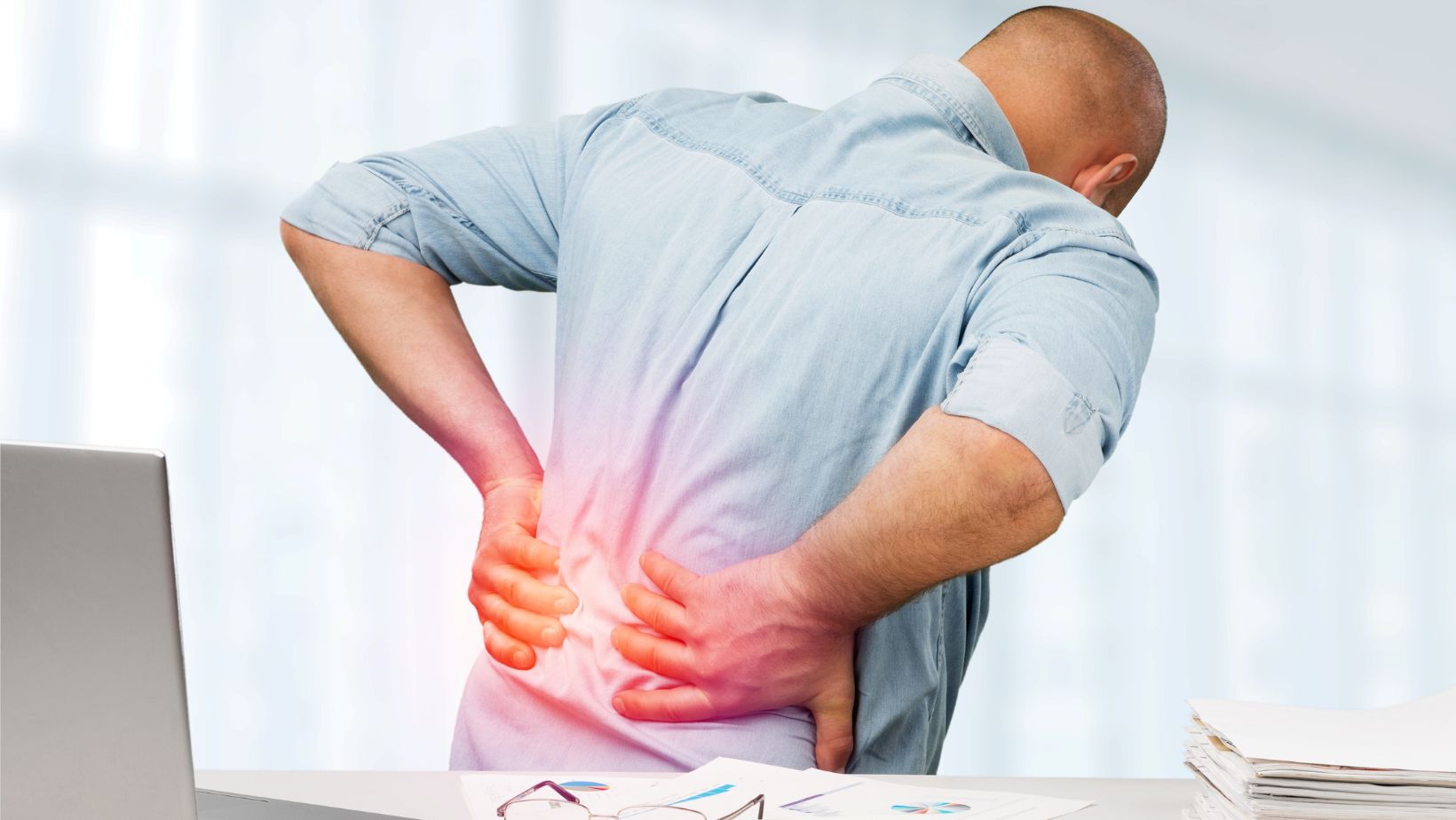
In physiotherapy, we often refer to Sherrington’s law of inhibition: if one muscle is short and tight, it inhibits the other. If the glutes (bum muscles) don’t work, the back will overcompensate and either fatigue or spasm. To address this, make sure to stretch your hip flexors and TFL muscles regularly.
Instability in the Spine and Hypermobility
Instability in the spine and hypermobility can also cause back pain. When the spine is unstable, it can lead to excessive movement between the vertebrae, causing pain and discomfort.
Management:
Treatment for spinal instability and hypermobility includes exercises to strengthen the core and stabilize the spine. It’s important to remember that the core comprises not just your tummy muscles but also your back and glutes. Here are three good exercises to get you started:
- Sit-Ups: Make sure to suck your tummy in and roll through the spine, engaging your abs.
- Glute Bridges: These are great for activating your glute muscles. Make sure you squeeze your bum while doing the exercise.
- Back Raises: It’s ideal to have access to a back raise machine in the gym. Many people don’t realize that their back is part of their core.
Conclusion
There are many reasons why your back may hurt when you walk or stand. Here, we’ve only looked at some of the most common causes. If your back pain persists, make sure to visit a specialist, as sometimes professional evaluation and treatment are necessary.




